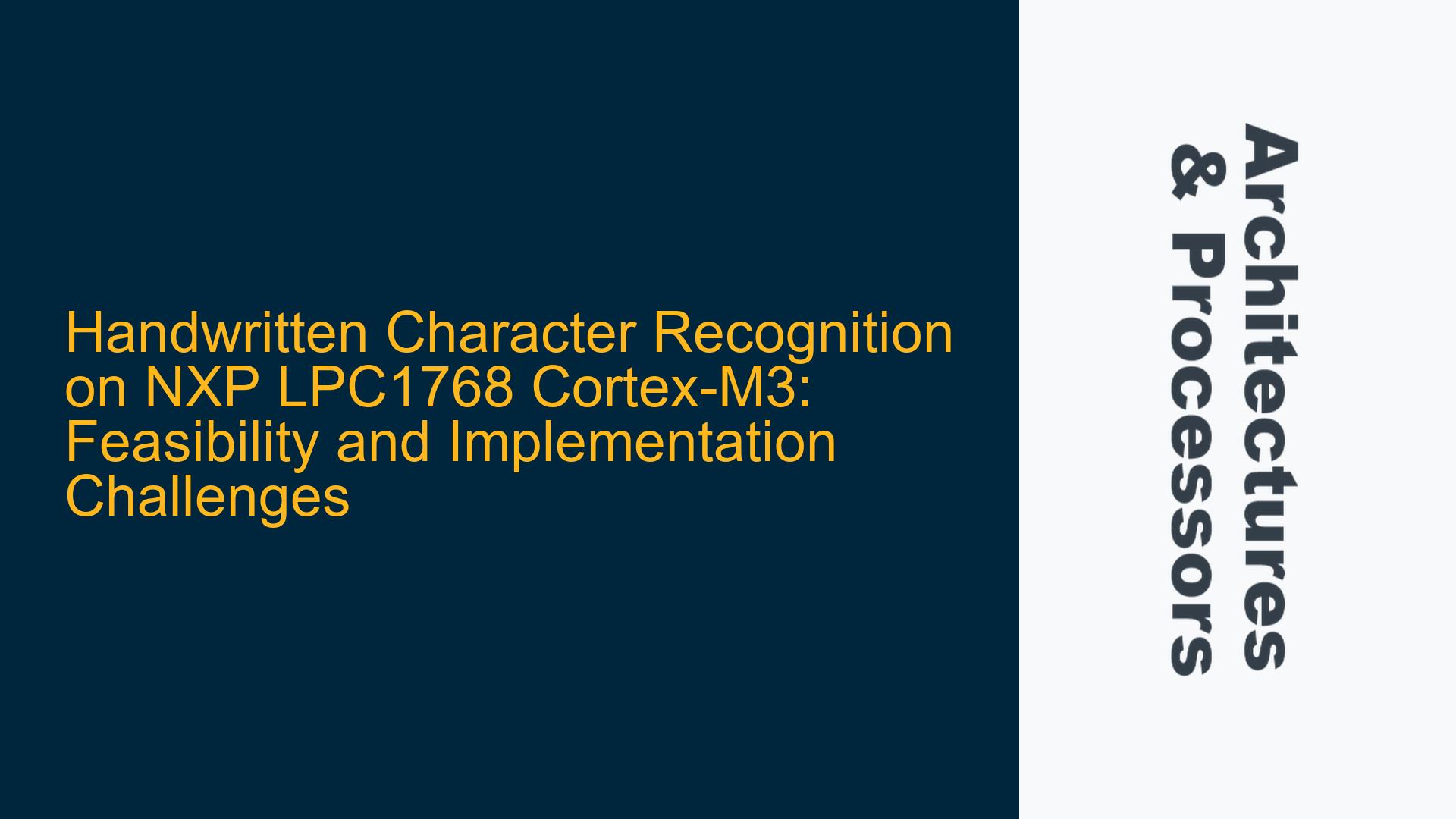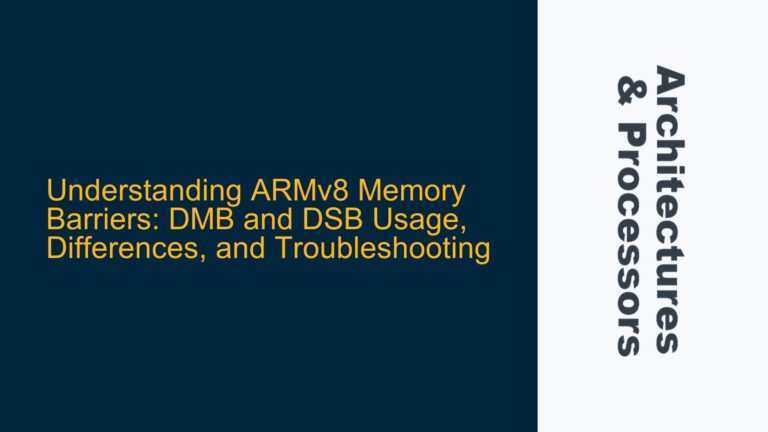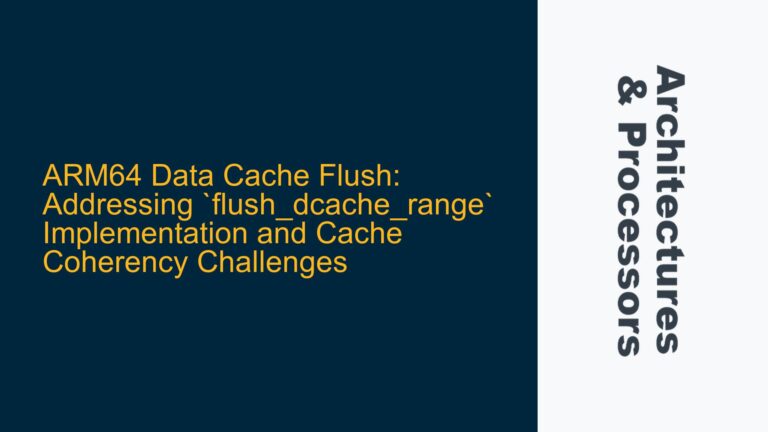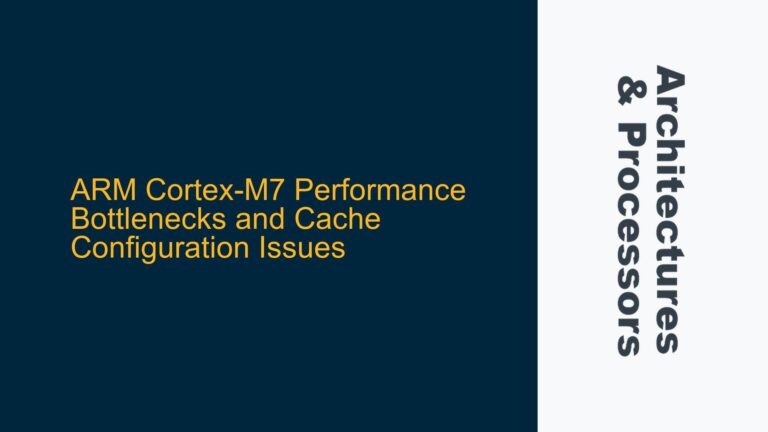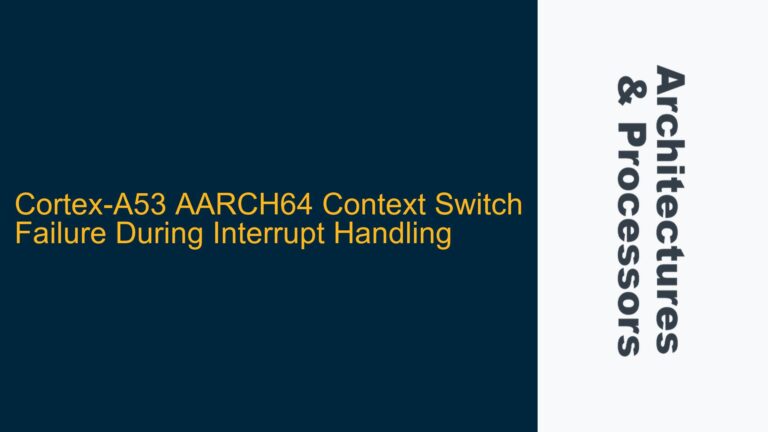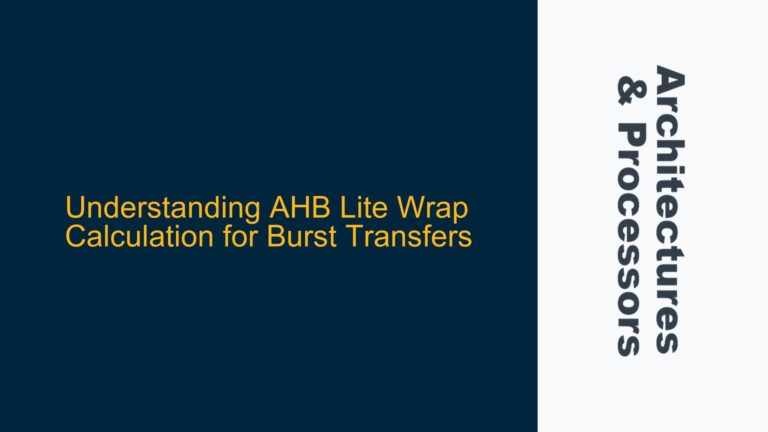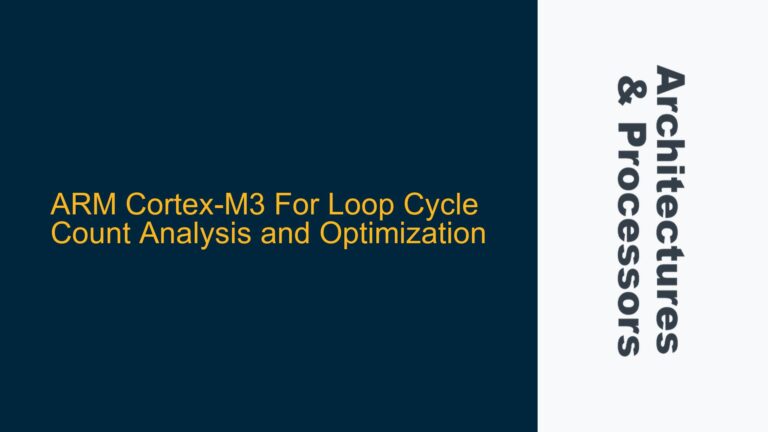Feasibility of Handwritten Character Recognition on Cortex-M3 with Limited Resources
The NXP LPC1768, based on the ARM Cortex-M3 architecture, is a microcontroller designed for embedded applications with moderate processing power and memory resources. The Cortex-M3 core operates at up to 100 MHz, features a 3-stage pipeline, and includes a Memory Protection Unit (MPU) but lacks a Memory Management Unit (MMU). The LPC1768 has 512 KB of flash memory and 64 KB of SRAM, which are relatively limited compared to modern Cortex-A series processors. Handwritten character recognition is a computationally intensive task that typically involves image processing, feature extraction, and classification, often using machine learning models such as neural networks. The feasibility of implementing such a system on the LPC1768 depends on the complexity of the recognition algorithm, the size of the neural network (if used), and the efficiency of the implementation.
The Cortex-M3’s lack of floating-point hardware (FPU) means that all floating-point operations must be emulated in software, which significantly increases computation time. Additionally, the limited SRAM size restricts the size of the neural network that can be loaded and processed. For example, a simple Multilayer Perceptron (MLP) with a few hundred neurons could fit within the memory constraints, but more complex architectures like Convolutional Neural Networks (CNNs) would be challenging to implement without external memory or significant optimization. The flash memory is sufficient for storing the application code and a small neural network model, but care must be taken to minimize the footprint of the model and the supporting libraries.
The touchscreen interface on the landTiger board adds another layer of complexity. The touchscreen data must be sampled, processed, and converted into a format suitable for the recognition algorithm. This requires efficient handling of interrupts and potentially the use of Direct Memory Access (DMA) to offload data transfer tasks from the CPU. The Cortex-M3’s NVIC (Nested Vectored Interrupt Controller) can handle these tasks, but the overall system performance will depend on how well the touchscreen data processing is integrated with the recognition algorithm.
Memory and Computational Constraints for Neural Networks on Cortex-M3
The primary challenge in implementing handwritten character recognition on the NXP LPC1768 is the limited memory and computational resources. Neural networks, even small ones, require significant memory for storing weights, biases, and intermediate activations. For example, a simple MLP with one hidden layer of 128 neurons and an input layer of 784 neurons (28×28 pixel image) would require approximately 100 KB of memory just for the weights and biases. This leaves little room for other application components, such as the operating system (if used), drivers, and additional data buffers.
The computational requirements are equally demanding. Each inference pass through the network involves thousands of multiply-accumulate (MAC) operations, which are slow on the Cortex-M3 due to the lack of hardware FPU. Fixed-point arithmetic can be used to speed up calculations, but this introduces additional complexity in terms of scaling and precision management. Furthermore, the Cortex-M3’s single-cycle MAC instruction helps, but the overall throughput is still limited by the core’s clock speed and the efficiency of the implementation.
To mitigate these constraints, several strategies can be employed. First, the neural network model should be pruned and quantized to reduce its size and computational requirements. Pruning involves removing redundant neurons or connections, while quantization reduces the precision of weights and activations, often from 32-bit floating-point to 8-bit integers. Second, the use of external memory, such as an SPI-connected flash or SRAM, can expand the available storage, albeit at the cost of increased latency and complexity. Third, the algorithm should be optimized for the Cortex-M3’s architecture, taking advantage of its Thumb-2 instruction set and hardware features like the MPU for memory protection.
Optimizing Handwritten Character Recognition Algorithms for Cortex-M3
Optimizing handwritten character recognition algorithms for the Cortex-M3 involves a combination of algorithmic improvements, code optimization, and hardware-specific tuning. The first step is to simplify the recognition algorithm. Instead of using a complex neural network, simpler algorithms like k-Nearest Neighbors (k-NN) or Support Vector Machines (SVM) can be considered. These algorithms are less resource-intensive and can be implemented efficiently on the Cortex-M3. However, they may require more preprocessing of the input data, such as feature extraction, to achieve acceptable accuracy.
For neural network-based approaches, the focus should be on reducing the model size and computational load. Techniques like weight sharing, low-rank approximation, and knowledge distillation can be used to compress the model without significantly sacrificing accuracy. Additionally, the use of fixed-point arithmetic instead of floating-point can dramatically reduce computation time. Fixed-point arithmetic requires careful scaling to avoid overflow and loss of precision, but it is well-suited to the Cortex-M3’s integer processing capabilities.
Code optimization is another critical aspect. The Cortex-M3’s Thumb-2 instruction set provides a good balance between code density and performance. Writing critical sections of the code in assembly language can further improve performance, although this increases development complexity. The use of compiler optimizations, such as loop unrolling, inline functions, and efficient use of registers, can also yield significant performance gains. Additionally, the Cortex-M3’s MPU can be used to protect critical memory regions and ensure deterministic behavior, which is essential for real-time applications.
Finally, hardware-specific tuning involves leveraging the Cortex-M3’s features to maximize performance. For example, the use of DMA for data transfer between peripherals and memory can free up the CPU for computation. The NVIC should be configured to handle interrupts efficiently, minimizing latency and ensuring timely processing of touchscreen data. Power management features, such as sleep modes, can be used to reduce power consumption during idle periods, which is important for battery-powered applications.
In conclusion, while implementing handwritten character recognition on the NXP LPC1768 Cortex-M3 is challenging due to its limited resources, it is feasible with careful optimization and efficient use of available hardware features. By simplifying the recognition algorithm, compressing the neural network model, and optimizing the code, it is possible to achieve acceptable performance on this microcontroller. However, for more complex recognition tasks or higher accuracy requirements, a more powerful processor, such as a Cortex-A series, would be more suitable.
